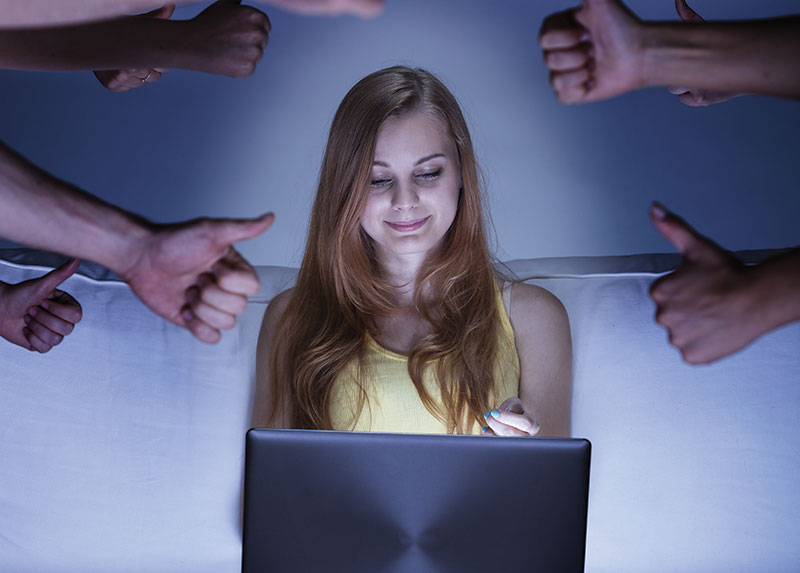Know that smart phone or computer you can’t put away, even long after the sun goes down? There’s a good chance the glow from all those screens—mostly blue light— is messing with your sleep.
Beams emitted from electronics can trick light-detecting cells in the eye into thinking it is daytime and suppress the brain’s production of melatonin, a hormone that makes people sleepy as their regular bedtime approaches. Those cells seem more sensitive to shorter, violet-to-blue wavelengths than other frequencies in the color spectrum, says Dr. Patrick Harding, director of the sleep disorders centers at Riverside Williamsburg Neurology & Sleep Specialists and Riverside Gloucester Neurology.
Not surprisingly, young people are particularly vulnerable. “I’m seeing more insomnia directly resulting from nightly ‘electronics abuse’ by teenagers,” Harding says.
I’ve had to tell parents to keep iPhones and iPads out of the bedroom so their children will stop falling asleep in class.”
About 30 percent of Americans report symptoms of insomnia. Disturbed sleep is linked to a range of physical and mental health problems, including poor memory and focus, depression, heart disease, diabetes and obesity. The brain also needs rest time to clear away toxic substances that are natural byproducts of energy production during waking hours, Harding says.
Proof that blue light can directly impact the brain is mounting. Northwestern University researchers, for example, recently found it can activate regions that regulate appetite; 15 minutes after exposure to blue light, people reported an increase in hunger that lasted two hours.
Almost all of today’s electronics use energy-efficient LED (light-emitting diode) lights, which produce a lot of blue light. Ideally, people should avoid or limit screen time one- to-two hours before bedtime, doctors say. “Implementing a nightly routine such as reading a book can help the brain ‘wind down’ and transition to sleep better,” says Dr. Albert Ho, a pediatric neurologist and sleep specialist with Children’s Hospital of The King’s Daughters.
While all types of light can interfere with slumber, colors with longer wavelengths—red, followed by orange and yellow—tend to be less of a problem. So in addition to turning down brightness settings on phones, tablets and laptops, people might download the free app F.lux (justgetflux.com), which automatically warms up screen colors with more reds and yellows at sunset and returns to normal settings at sunrise. Another option is to buy amber sunglasses that block blue light, readily available on Amazon. Dim red lights are ideal for anyone who uses a nightlight.
Finally, take sleep recommendations seriously: 10 hours a night for children, 8½ to nine hours for teenagers, and seven to eight hours for adults. “If you keep short-changing the amount of sleep you get, your brain’s antioxidant-producing ability will be overwhelmed by toxic free radicals, and your cells will start to die,” Harding notes. “Many people still don’t understand why we sleep. I tell them simply put that sleep exists for a reason: to keep the trash from accumulating in your mind.”




